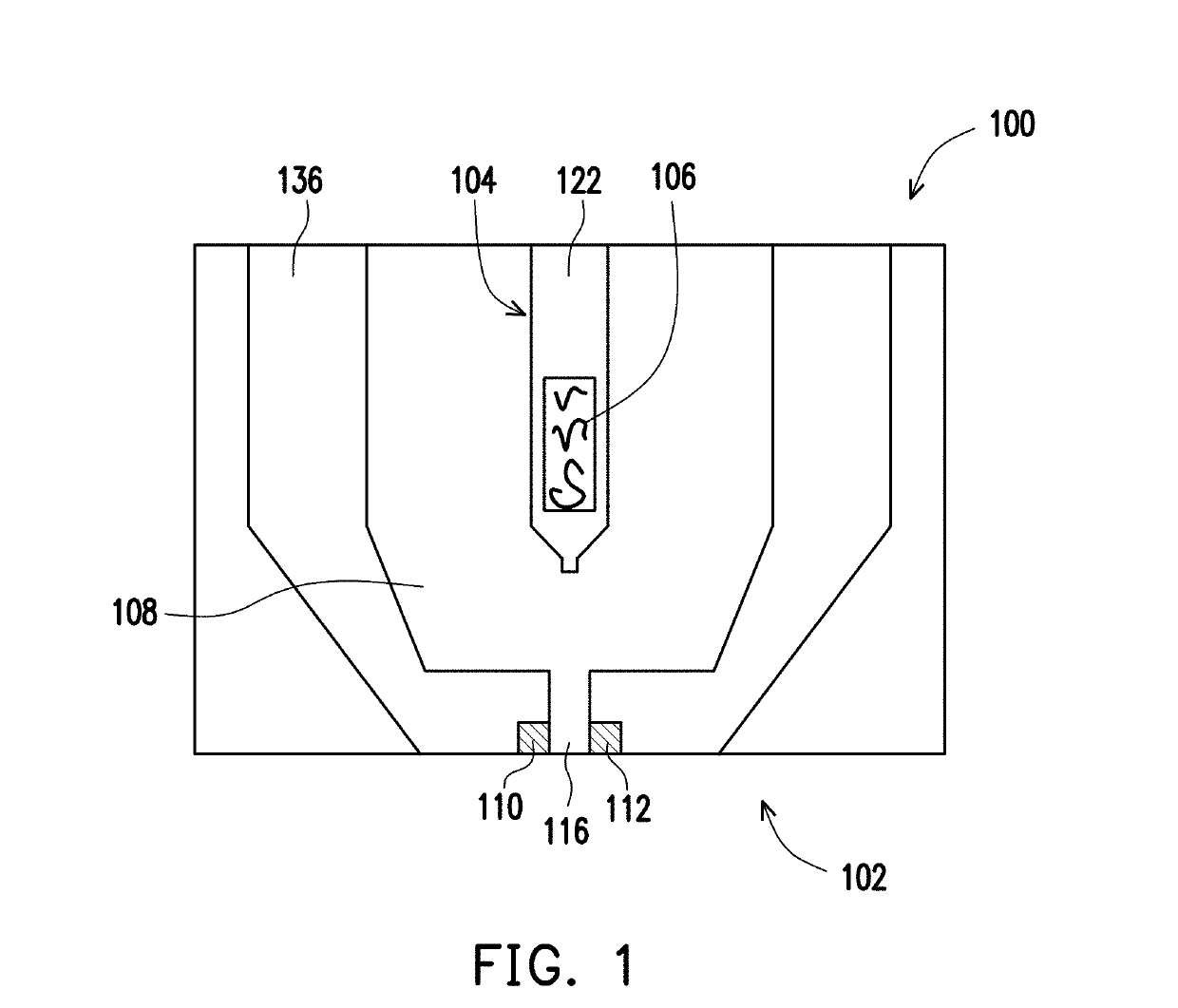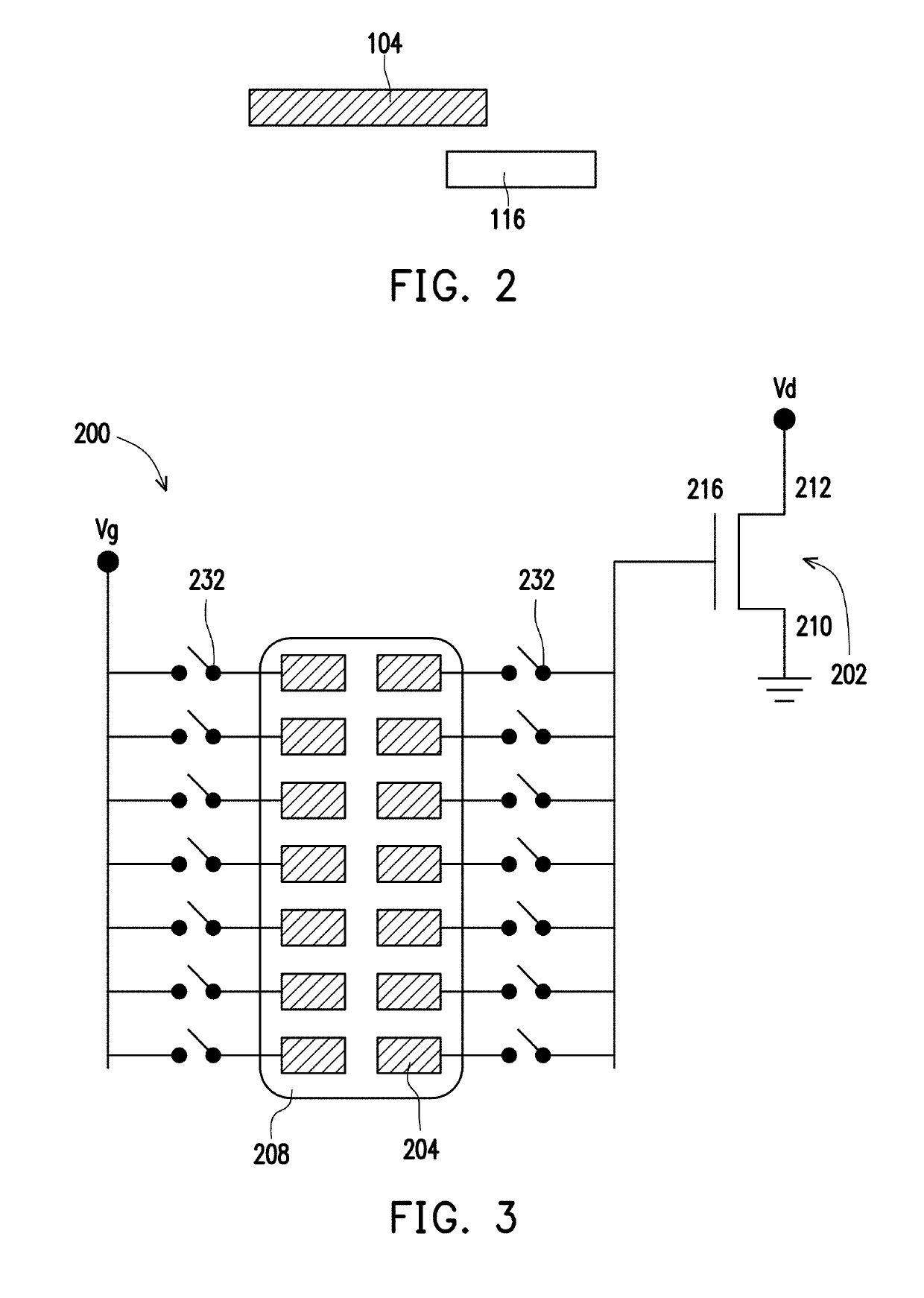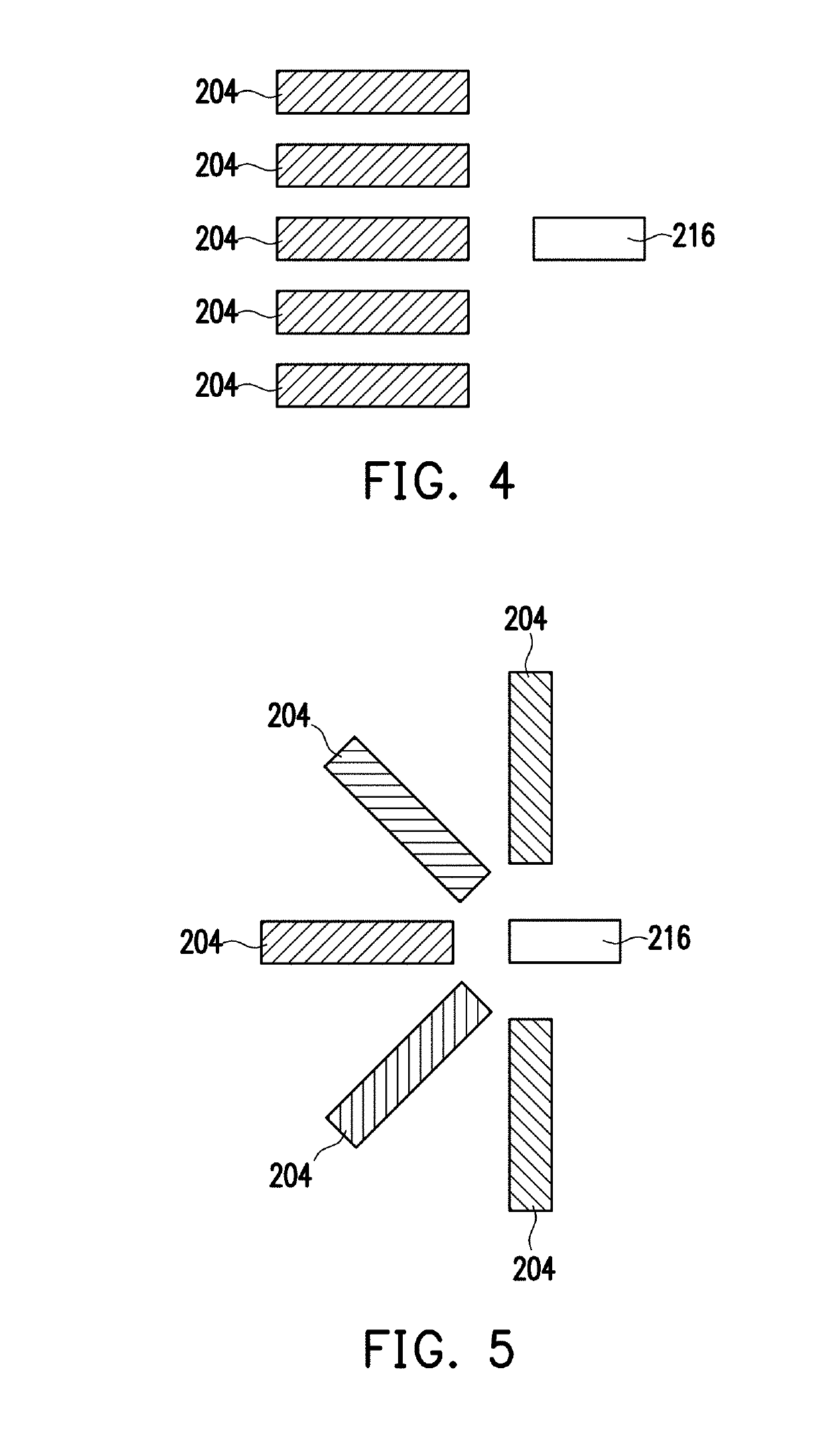Detecting method for blood
a detection method and blood technology, applied in the field of biological sample detection methods, can solve the problems of large size, difficult miniaturization, time-consuming, centrifugation method, etc., and achieve the effects of reducing interference to blood cells, low detection limit, and high sensitivity
- Summary
- Abstract
- Description
- Claims
- Application Information
AI Technical Summary
Benefits of technology
Problems solved by technology
Method used
Image
Examples
experimental example 1
[0061]In experimental example 1, the sensing device 100 shown in FIG. 1 is used for the test. After human whole blood was added dropwise to the response electrode of the sensing device, the sensing device was inverted and current variation at different times was detected.
experimental example 2
[0068]In experimental example 2, the sensing device 200 shown in FIG. 3 was used for the test, wherein a specific aptamer of a C-reactive protein was bonded on the response electrode of the sensing device.
[0069]A reference protein solution containing 4% bovine serum albumin (BSA) was made via phosphate buffer saline (PBS), and the reference protein solution was added dropwise in the gap between the response electrode and the base, and the measurement conditions are as follows: Vd=2V, Vg=1 V, pulse time=100 μs. A first current I1 was measured at the drain end of the base.
[0070]Next, the bovine serum albumin solution between the response electrode and the base was washed away by an elution buffer. The reference protein solution containing 4% bovine serum albumin was used as a solvent, C-reactive protein was used as a solute, and a C-reactive protein solution having a concentration of 0.5 mg / L was made.
[0071]Next, the C-reactive protein solution was added dropwise on the response elect...
experimental example 3 to experimental example 6
[0074]Measurement was performed with substantially the same method as experimental example 2, and the difference is only in that the concentrations of the C-reactive protein solutions made in experimental example 3 to experimental example 6 were respectively 1.0 mg / L, 3.0 mg / L, 5.0 mg / L, and 10.0 mg / L.
[0075]FIG. 7 shows the relationship between Δ gain value and concentration of experimental example 2 to experimental example 6. It can be known from FIG. 7 that, Δ gain value is increased with increased concentration of C-reactive protein and a significant correlation is observed.
PUM
 Login to View More
Login to View More Abstract
Description
Claims
Application Information
 Login to View More
Login to View More - R&D
- Intellectual Property
- Life Sciences
- Materials
- Tech Scout
- Unparalleled Data Quality
- Higher Quality Content
- 60% Fewer Hallucinations
Browse by: Latest US Patents, China's latest patents, Technical Efficacy Thesaurus, Application Domain, Technology Topic, Popular Technical Reports.
© 2025 PatSnap. All rights reserved.Legal|Privacy policy|Modern Slavery Act Transparency Statement|Sitemap|About US| Contact US: help@patsnap.com



